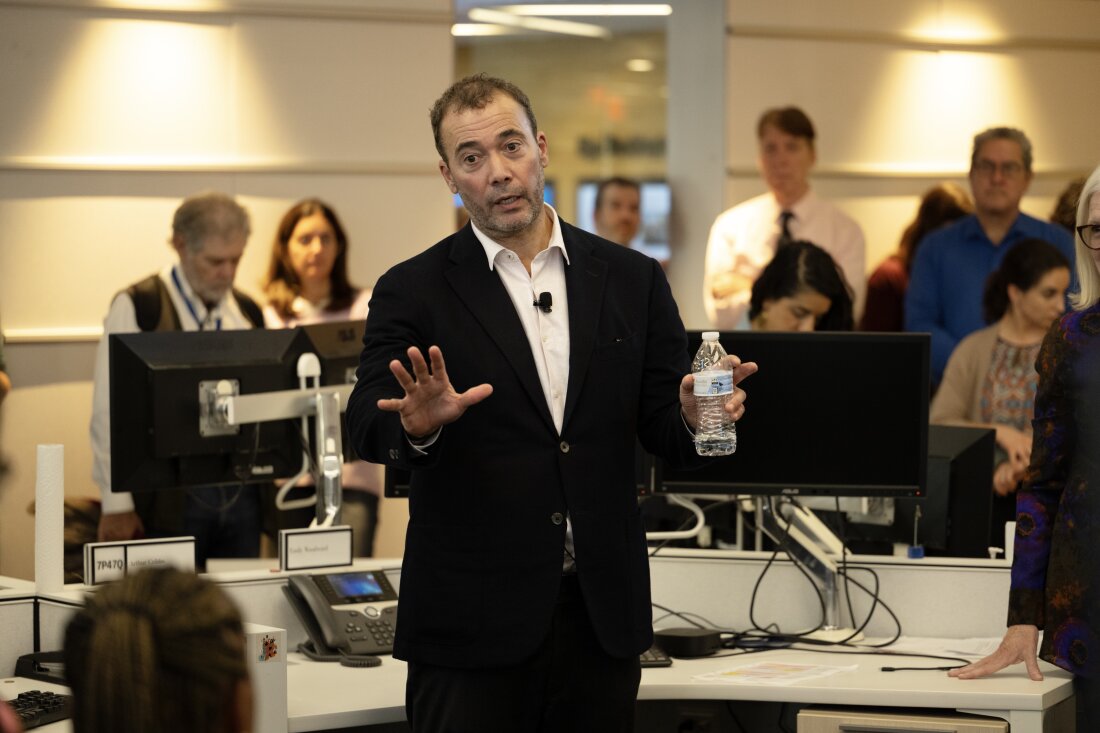Horticulture for the People
===============
As a horticulturist and a development worker, I have always been passionate about the importance of horticulture in our daily lives. Not only does it provide us with food, but it also brings us closer to nature and helps us appreciate the beauty of the world around us.
Recently, I was honored to be invited by the Green Thumb Stewards, an organization from Ateneo de Davao University Grade School, to discuss horticulture with them. It was a great opportunity for me to share my knowledge and experiences with the next generation of horticulturists.
What is Horticulture?
Horticulture is the art and science of cultivating fruits, vegetables, flowers, ornamental plants, herbs, and spices that are directly used by humans. It is one of the most ancient human practices and is still essential in modern times.
The word ‘horticulture’ comes from the Latin words ‘hortus,’ meaning ‘garden,’ and ‘colere,’ meaning ’to cultivate.’ Therefore, horticulture literally means ’to cultivate a garden.’
Branches of Horticulture
There are several branches of horticulture, but for practicality, we can subdivide horticulture based on purpose: plants for food and plants for ornament.
Plants for food cover pomology, the study of fruits and nuts, and olericulture, the study of herbaceous plants for kitchen. While plants for ornament cover landscape horticulture, a broad category that includes landscaping, lawn turf management with a focus on nursery crops, while floriculture deals with the production of flowers and ornamental plants; generally cut flowers, pot plants, and greenery.
Common Groups of Horticultural Crops
We discussed the common groups of horticultural crops, including trees, shrubs, annuals, herbaceous, climbers and runners, succulents and cactus, bulbs, palms, ferns, cycads, aquatic plants, indoor plants, and grasses.
Propagation Methods
I also shared about the two basic propagation methods of horticultural crops: sexual and asexual propagation. Crops derived from seeds and produced seedlings refer to sexual propagation. While propagation through vegetative/plant parts such as stem and leaf cuttings, rhizomes, tubers, and corms refer to asexual propagation.
Crop Care
We have a good exchange of practical techniques in propagation from top-cuttings to several air-layering techniques. We also shared the basics of crop care. Different groups of crops entail different care and management. For example, in the care of succulents and cactus family, we need to understand its origins as a dessert crop, thus more sunlight and less watering is needed.
Landscaping
Ultimately, we discussed basic elements in landscaping. I also shared with them my personal bias on edible landscaping being a food security advocate. I concluded my discussion with a quote from Audrey Hepburn: ‘To plant a garden is to believe in tomorrow.’
Horticulture is not just about growing plants, it’s about cultivating a better future for ourselves and the next generation.
As a horticulturist and a development worker, there is a greater need to till and sow the seeds for our future. We must also continue to address the question ‘for whom,’ and always as our motto in UP Horticultural Society- Horticulture for the People!
Horticulture is not just a hobby, it’s a way of life.
I hope that my discussion with the Green Thumb Stewards has inspired them to pursue their passion for horticulture and to make a positive impact on their community.
Together, we can create a better future for ourselves and for the next generation.














